The Hidden Costs of Owning a Wolf Dog
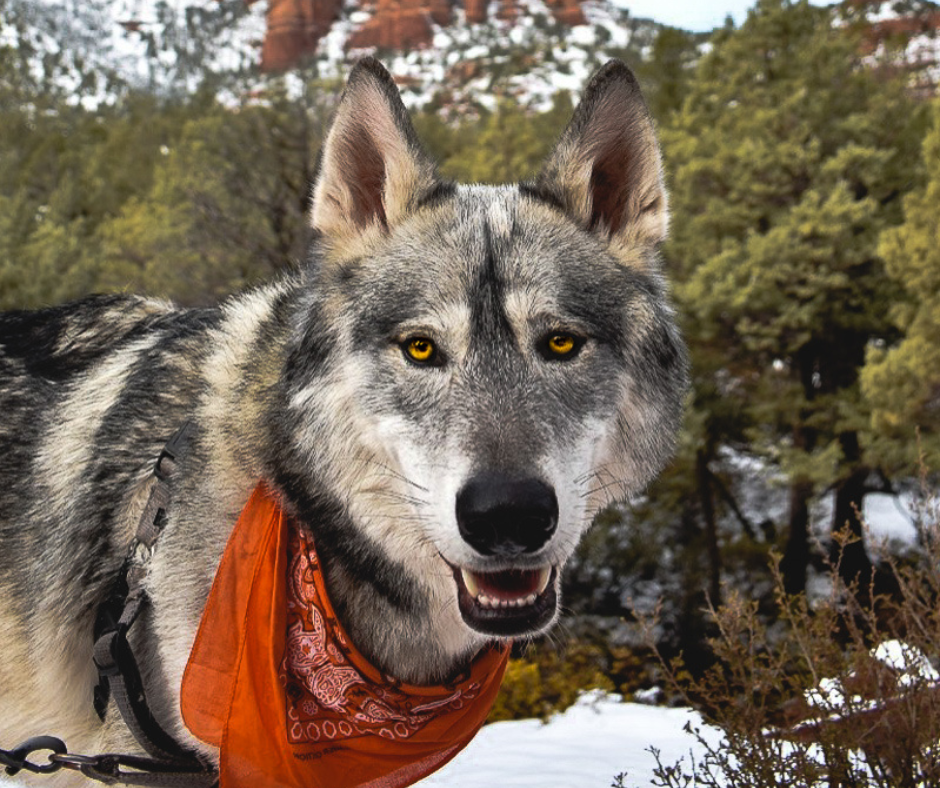
If you’ve ever been intrigued by the idea of owning a wolf dog, you’re not alone. These majestic creatures are certainly eye-catching, and their wild nature can be appealing to some pet owners. However, it’s important to remember that wolf dogs are not like other pets. They require special care and attention, and they come with a hefty price tag.
If you’re considering getting a wolf dog, you’re probably wondering how much they cost. The truth is, the price of a wolf dog can vary quite a bit depending on various factors. In this blog post, we’ll break down the real cost of owning a wolf dog so that you can make an informed decision before taking the plunge.
Table of Contents
ToggleThe Cost of Owning A Wolf Dog
The Initial Purchase Price (how much is a wolf dog?)
The price of a wolf dog pup can range anywhere from $1000 to $3000. The majority of wolf dog pups will fall somewhere in the price range of around $1000. However, there are some things that can affect the price of a wolf dog pup, such as:
The Percentage of Wolf vs. Dog in the Pup's Lineage
One factor that can affect the price of a wolf dog pup is the percentage of wolf vs. dog in the pup’s lineage. Anybody looking to adopt a wolf dog should be aware of the different percentages of wolf DNA present in each animal:
High-content wolf dogs: have 80% or more wolf DNA and display a unique blend of wolf and domestic traits. They demonstrate an alertness and possessiveness characteristic of wolves as well as an independent nature. In addition, these animals are more sensitive to their environment than most domesticated breeds, and they exhibit a shyness towards anything new or out of the ordinary. High-content Wolf dogs also tend to be quite stubborn and can develop claustrophobia if confined too often or for extended periods. Their autonomous nature makes them less likely to want to please their humans, such as we find with domestic breeds.
Mid-content wolf dogs: those with 50-80% wolf DNA, have loyal yet independent nature. They also require a different style of training from domestic breeds, as they tend to be more sensitive and stubborn despite their more docile and collaborative demeanor. These animals are highly intelligent and require frequent stimulation along with consistency to ensure optimal well-being. Despite potential challenges such as shyness, predatory behaviors, and separation anxiety, those who bring mid-content wolf dogs into their homes as companions treasure them for their inquisitive personalities and endearing charm.
Low-content wolf dogs: have 50% or less wolf DNA and are the most likely to make good pets. Low-content wolf dogs exhibit very few of the characteristics we typically associate with wolves, and have the companionability and intelligence we look for in a domestic dog. They are quite adaptable to their environment, as well as more docile and sociable than their high or mid-content counterparts. This does not mean that they don’t need proper socialization and education, however. Low contents can still be quite a challenge for those accustomed to dealing with traditional dog breeds. Last thing to note is they may not have the same striking appearance as their high and mid counterparts.
High and mid-content wolf dogs may have a higher price tag compared to a low-content wolf dog.
The Breeder
Another factor that can affect the price of a wolf dog pup is the breeder. Some breeders charge more for their pups than others. This is usually because they have been breeding wolf dogs for longer or because they have built up a good reputation and people are willing to pay more for their pups.
However, it is important to remember that just because a breeder charges more for their pups does not mean that they are necessarily better breeders. There are many good breeders out there who charge reasonable prices for their pups.
How Can You Tell if a Breeder Is Reputable?
Finding a reputable breeder may be your biggest challenge. Many breeders will sell you an animal claiming it’s a “wolf dog” when really it’s just a mix of german shepherd and malemute. These mixes are often cheaper than purebred wolf dogs, but they are not what you’re looking for if you want a true wolf dog.
When searching for a reputable breeder, make sure to do your research. Talk to other wolf dog owners, read online reviews, and visit the breeding facility in person if possible. Once you’ve found a few potential breeders, narrow down your choices by asking questions about the parents’ lineage, health history, and temperament.
How Much Did Our Wolf Pup Cost?
Our wolf dog, Cruze was part of a 15-year breeding program in Florida where Jake picked him up when he was only 4 weeks old for $1000. Jake had to go through an extensive interview process to ensure he was a good fit to own a wolf puppy.
A Breakdown of the High Cost of Feeding a Wolf Dog Raw Meat Diet
Another important consideration for potential wolf dog owners is the cost of food. Unlike regular domestic dogs, wolf dogs require a raw meat diet that is high in protein and fat. This can be difficult to achieve with commercial dog food, so many people choose to feed their wolf dogs a raw diet. While a raw diet can be nutritious for wolf dogs, it can also be very expensive, costing anywhere from $98-$175 per week depending on the size of your dog.
Confused on what to feed your wolf dog? Start here:
How Much Raw Meat Does a Wolf Dog Need?
The amount of raw meat that a wolf dog needs depends on the size of the dog. Puppies must eat 4 meals each day until they are 12 weeks old, consuming a diet of ground beef or raw chicken wings, with eggs, goat yogurt, goat whip, and bones. It’s important to feed your pup a diet high in fat for brain development. Once they reach 12 weeks old, they can be fed a more adult diet of 3-5 pounds of various meat or raw chicken leg quarters, depending on your animal’s appetite.
What Kinds of Raw Meat Can I Feed My Wolf Dog?
Wolf dogs carnivorous animals and their digestive system is designed to process whole bones and raw meat-based diets. These meat-based diets, also known as biologically appropriate raw food or BARF diets, typically consist of uncooked ingredients from either livestock or wild animals. There are many different types of raw meat that you can feed your wolf dog. The most common options are chicken, beef, and organ meats. You can also feed them raw lamb, venison, and turkey.
When it comes to wolf dogs, the question of what to feed them can be complex. In my detailed post, you can read more about the best food for your wolf dog. I’ll cover everything from the type of food to how often they should be fed. I also include a list of our wolf dogs’ favorite treats as well as tips for dealing with resource guarding. With this information, you can be sure that your wolf dog is getting the nutrition they need to stay healthy and happy.
How Much Does A Raw Meat Diet For A Wolf Dog Cost?
The cost of raw meat varies depending on the type of meat and where you purchase it. For example, chicken is typically the cheapest option, while lamb is one of the more expensive options.
Wolf dogs typically eat 3-5 pounds of raw meat per day, which can cost anywhere from $2-$5 per pound. This means that the cost of feeding a wolf dog can range from $14-$25 per day, or $98-$175 per week. Of course, the exact amount will vary depending on the size and appetite of the individual dog, but this gives you an idea of the potential cost. If you’re considering adopting a wolf dog, be sure to factor in the cost of their diet into your budget.
The Cost of Getting your Wolf Dog Spayed/Neutered
As with any pet, it’s important to get your wolf dog spayed or neutered to help reduce the chances of an unwanted litter of puppies. In addition, getting your wolf dog fixed can help reduce the severity of their behavior during the mating season. If you don’t know what Winter Wolf Syndrome is, you can check out my post that goes into more detail about this seasonal behavior.
The cost of spaying or neutering a wolf dog can vary depending on your veterinarian, but you can expect to pay between $200 and $500 for this procedure. So, if you are thinking about getting a wolf dog, be sure to factor in the cost of spaying or neutering as part of your overall budget.
Vet Bills for Vaccines and Emergencies
Then there are vet bills. One of the biggest expenses associated with owning a wolf dog is vet bills. Because these animals are considered exotic, most veterinarians don’t have experience treating them. That means you might have to travel long distances—and pay premium prices—to find a vet who can care for your pet properly.
The Hidden Costs of Owning a Wolf Dog
Crate Training
One of the first things you’ll need to do when you bring your wolf dog home is crate-train them. Crate training is an essential part of owning a wolf dog because it allows you to confine them when you’re not able to supervise. While crate training can be done with any type of dog, it’s especially important with wolf dogs because of their high energy levels and destructive tendencies. A good quality crate can cost anywhere from $100 to $800, depending on the size and features you choose. Here’s our recommended crate for a wolf dog:
The Cost of a Proper Wolf Dog Enclosure
Another important thingsto consider before purchasing a wolf dog is whether or not you have a secure fence that is tall enough to contain your pet. A six-foot fence is generally considered tall enough to contain a wolf dog, but keep in mind that some breeds may be able to climb or jump over a shorter fence. The cost of a six-foot fence will vary depending on the material you choose and the size of your property, but you can expect to spend at least $1000-$3000 on installation alone.
Wolf dog Trainer
Are you prepared to invest in professional training? Wolf dogs are notoriously difficult to train and may require the help of a professional trainer who is experienced in working with this breed. The cost of a wolf dog trainer can vary depending on your location and the trainer’s experience, but you can expect to pay anywhere from $2000-$5000 for wolf dog training.
Indestructible Food and Water Bowls
Wolf dogs are known for their destructive tendencies, which is why it’s important to invest in indestructible bowls for food and water. Your average plastic bowl won’t stand a chance against a determined wolf dog, so it’s important to find something that’s made from a tougher material like stainless steel. Bowls made from this material can cost anywhere from $10 to $30 each.
No-Pull Harnesses
Walking a wolf dog can be challenging because of their high energy levels and strong pulling instincts. A traditional collar and leash setup won’t be enough to keep them under control, which is why it’s important to invest in a no-pull harness. No-pull harnesses are designed to distribute your dog’s weight evenly so that they can’t pull as easily. They typically cost between $20 and $40.
Infinite Chew Toys
Wolf dogs are notorious chewers. They’ll destroy any toy you give them, no matter how tough it’s advertised to be. That’s why it’s important to budget for regular replacements. Nylabones and Kongs are two brands that make durable toys specifically for strong chewers. Expect to spend about $30 per month on toys.
Grooming Essentials
Wolf dogs have thick fur that needs to be brushed regularly to prevent matting and tangles. You’ll also need to invest in a good de-shedding tool—wolf dogs shed A LOT. And because they’re part dog, they’ll need their nails trimmed on a regular basis. Between brushes, de-shedders, and nail trimmers, you should budget for about $100 in grooming essentials.
Looking for the Best gift for your dog? Or wolf dog? Check out our list of must haves for your canine companion. Click here.
Microchip
All dogs—wolf dogs included, should be microchipped in case they ever get lost. Microchips are relatively inexpensive, costing around $50 upfront and $15 per year for the registration fee.
You may also want to invest in something like a Fi Dog Collar that uses GPS and cellular technology to keep track of your dog’s location.
Wolf Dog License
Depending on where you live, you may need to get a special license for your wolf dog. These licenses typically cost between $10 and $20 per year.
The cost of Destroyed Furniture
Be prepared for anything to be chewed beyond recognition. One of the most common complaints about wolf dogs is their destructive behavior. These animals have a strong instinct to chew and dig, which can quickly lead to ruined furniture and shredded curtains. In addition, wolf dogs often become bored easily and may start chewing on anything they can get their teeth on, including your shoes, clothing, and even walls!
Why Are Wolf Dog Pups So Expensive?
There are a few reasons why wolf dog pups are so expensive. For one thing, they are relatively rare. There are not many breeders who breed wolf dogs, and even fewer who do it successfully. This rarity drives up the price of wolf dog pups.
Another reason why wolf dogs are so expensive is that they are difficult to care for. They require a lot of space and exercise, and they require a raw diet, which can be very expensive. They also have a tendency to be very destructive if they are not properly trained and socialized. All of these factors contribute to the high cost of owning a wolf dog pup.
The Bottom Line
Wolf dogs can make great pets for the right owner. They are beautiful animals that will capture your heart and provide you with years of companionship. If you’re thinking about getting a wolf dog, be prepared to spend at least $1000 on the initial purchase price of the pup. Remember, there are also ongoing costs associated with owning any pet, such as food, vet bills, and training expenses.

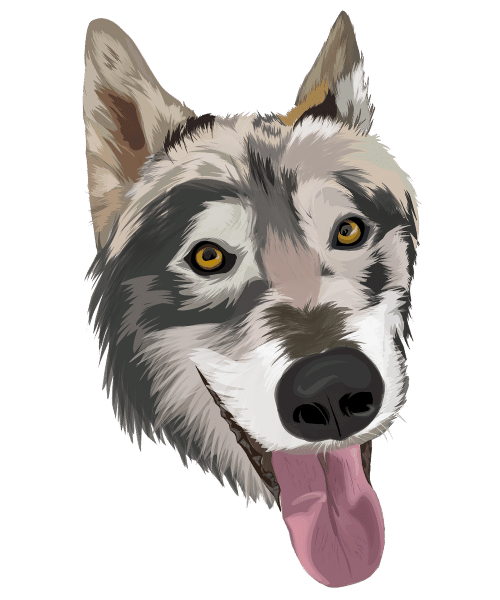
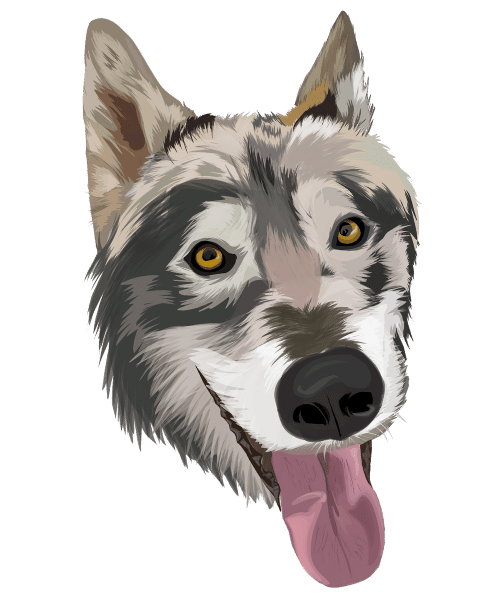
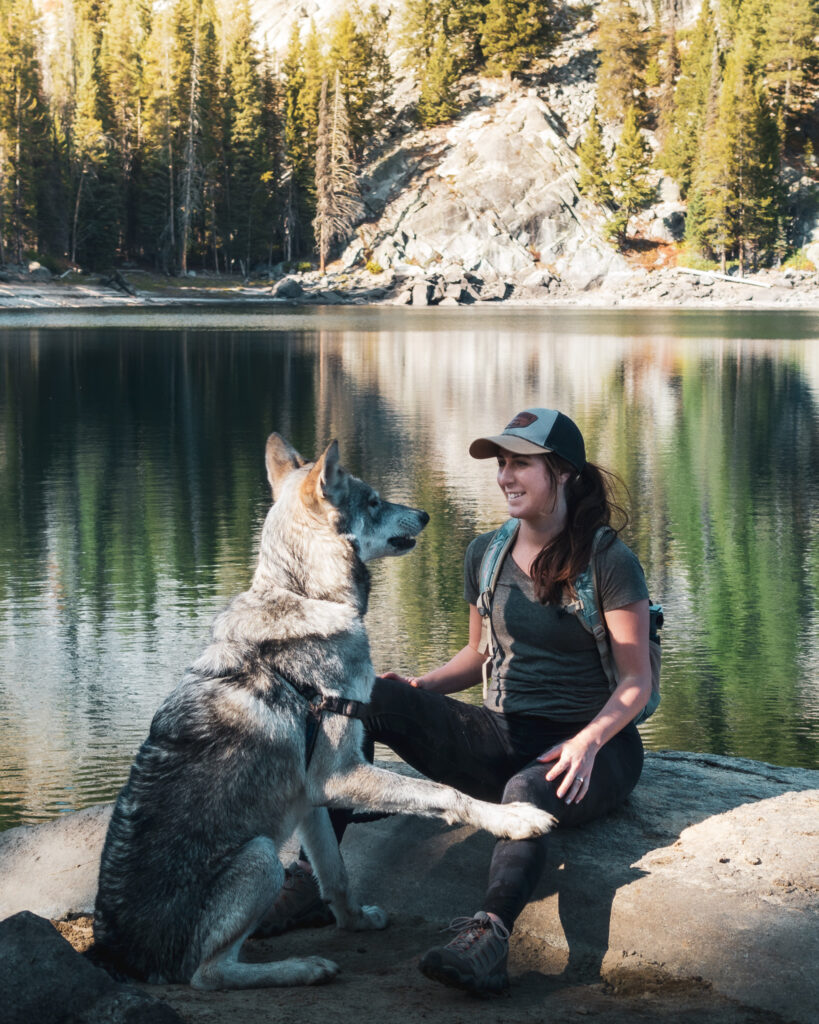
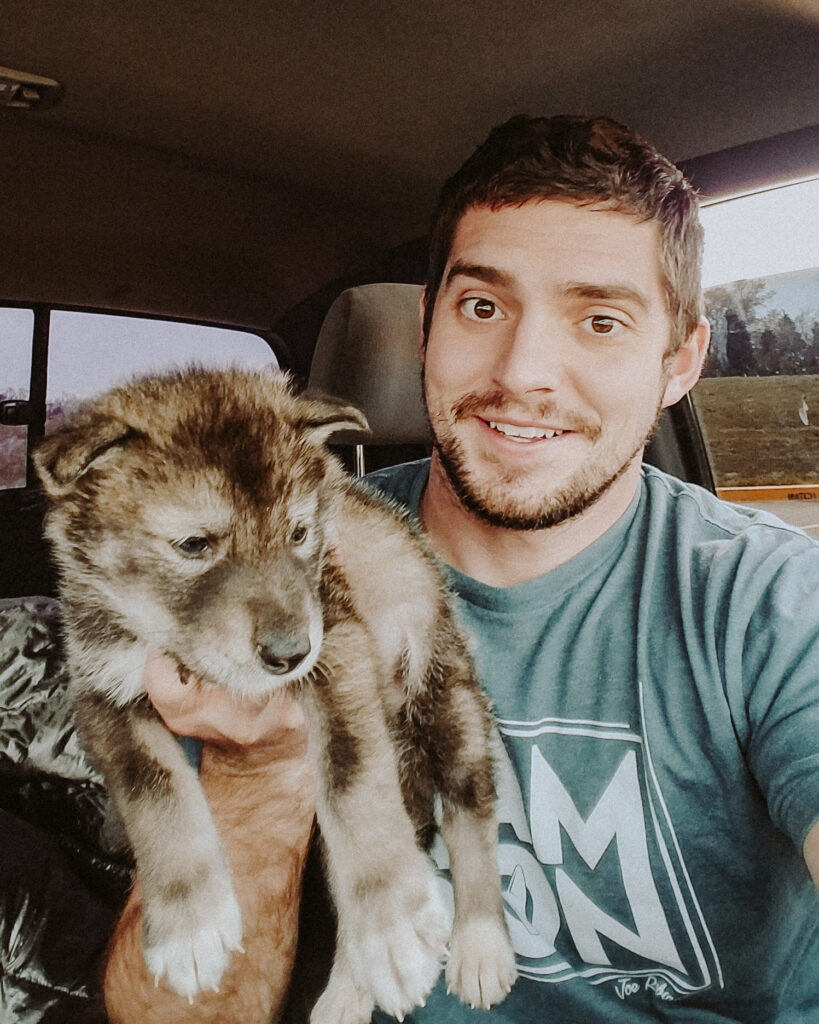
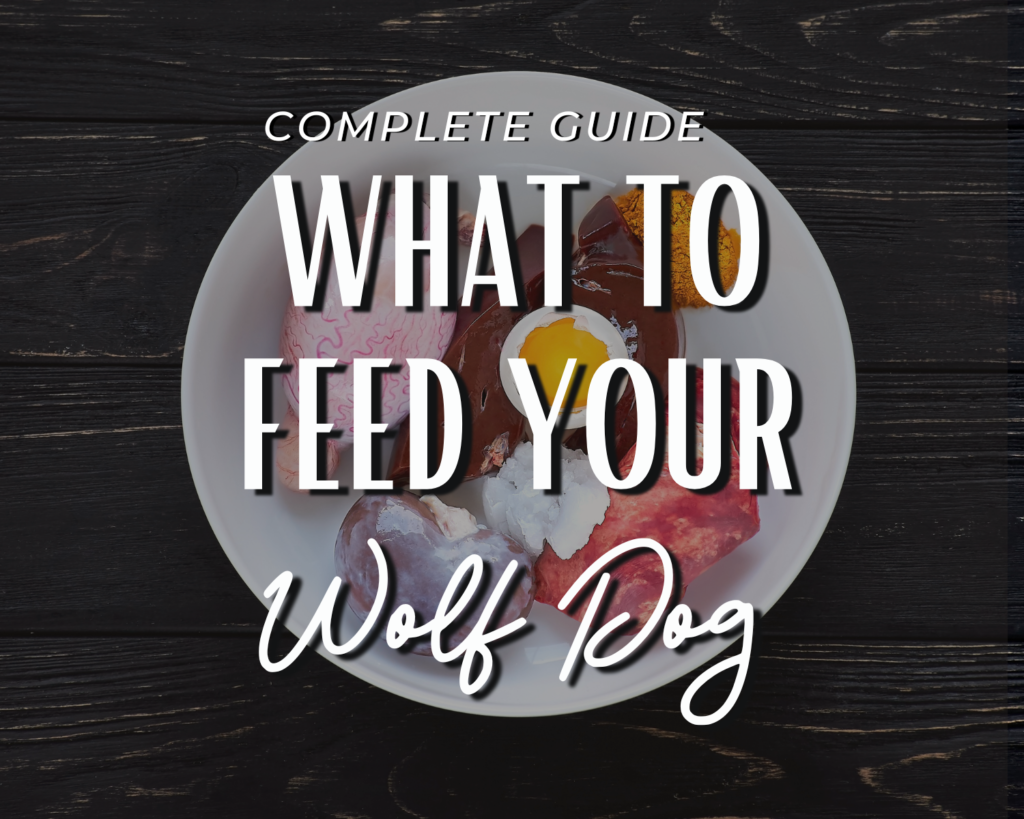
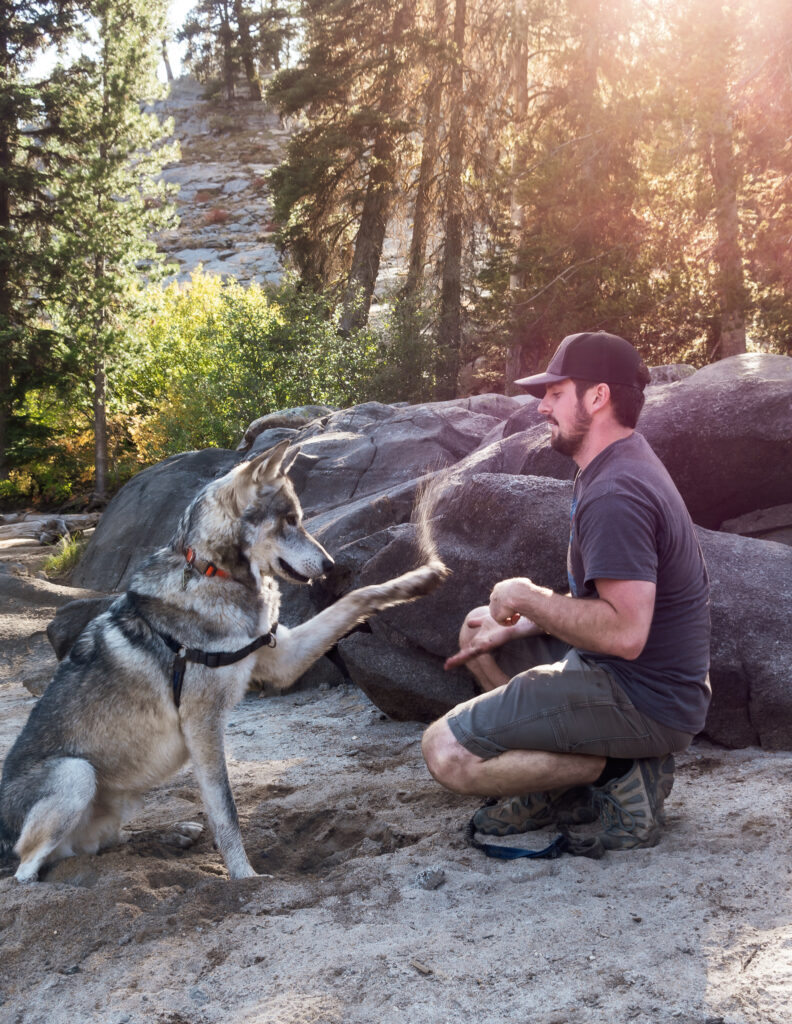
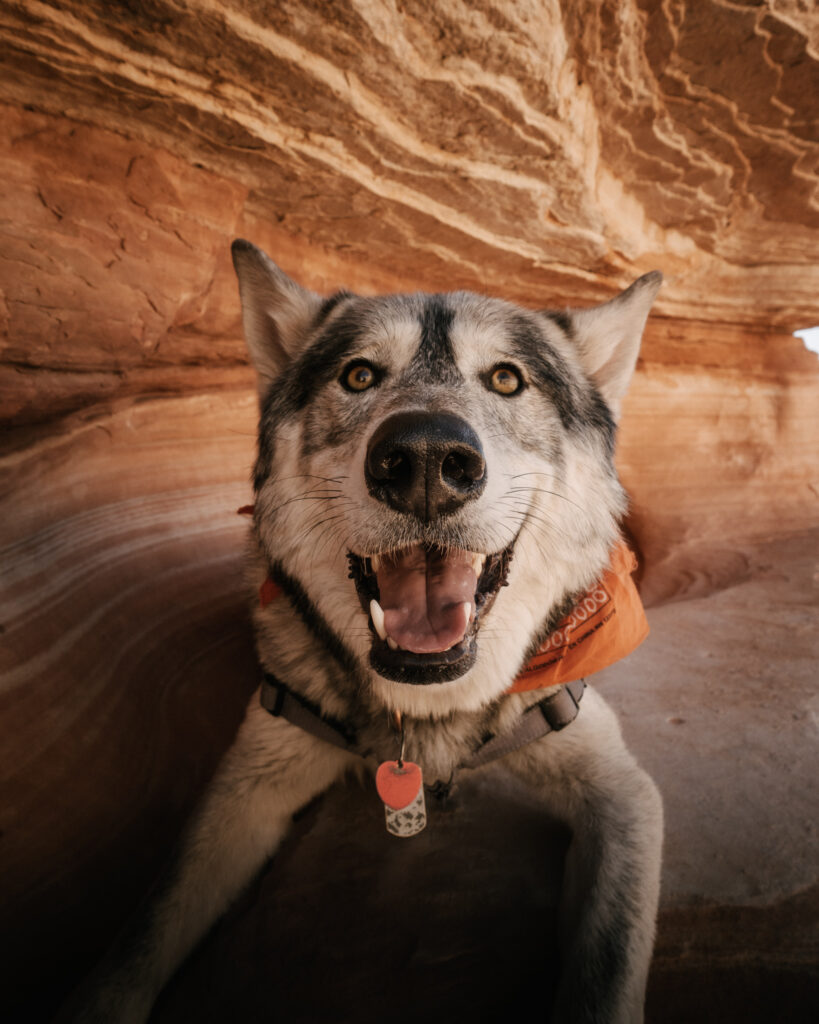
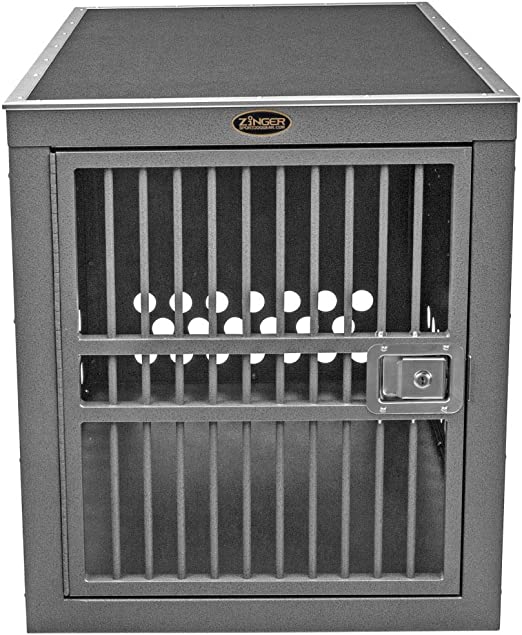
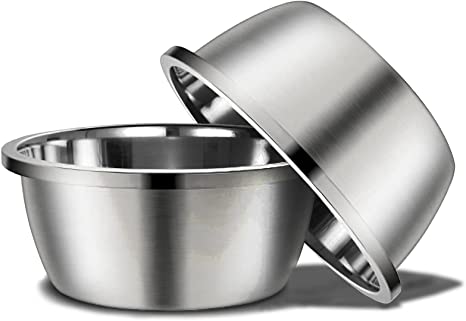
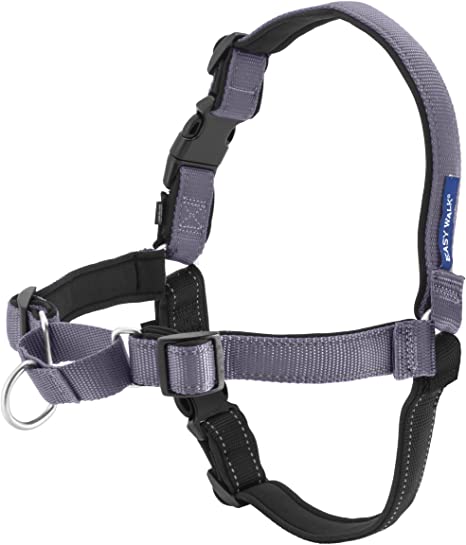

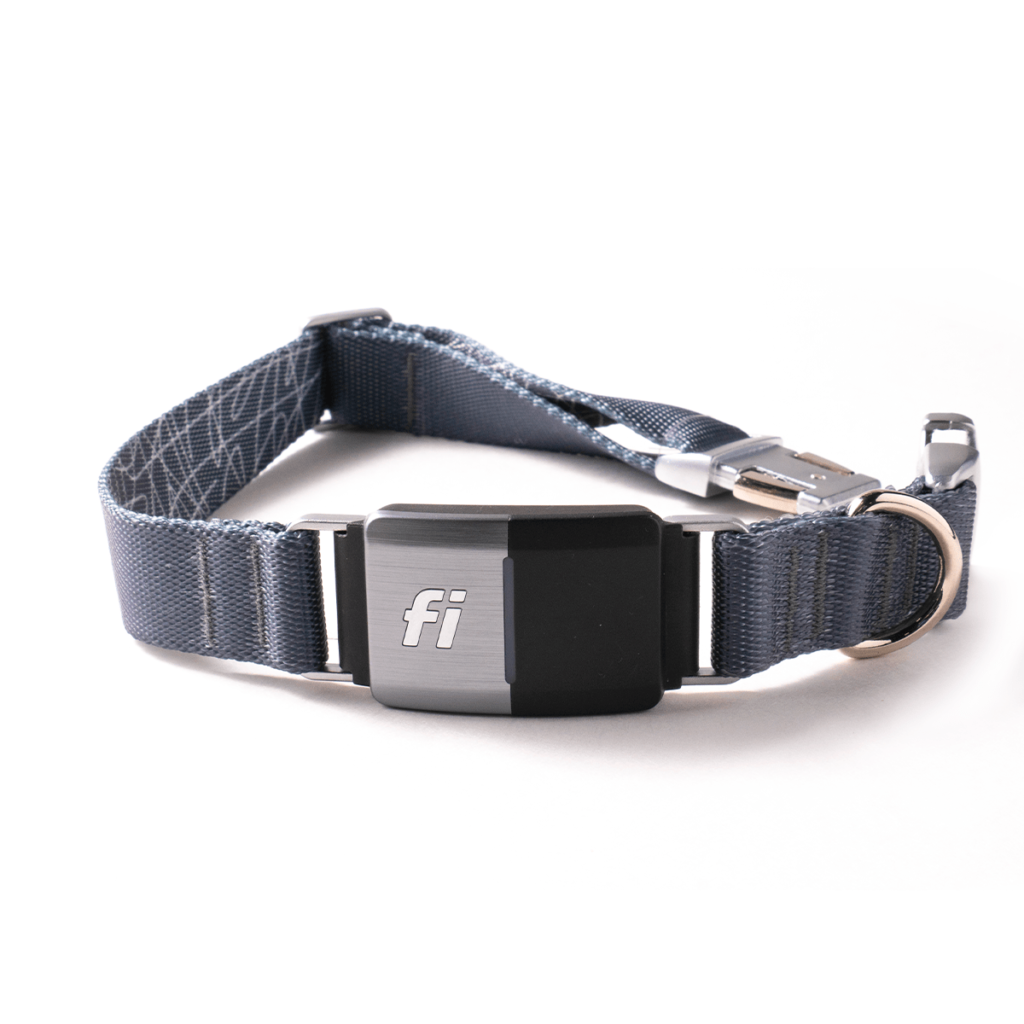

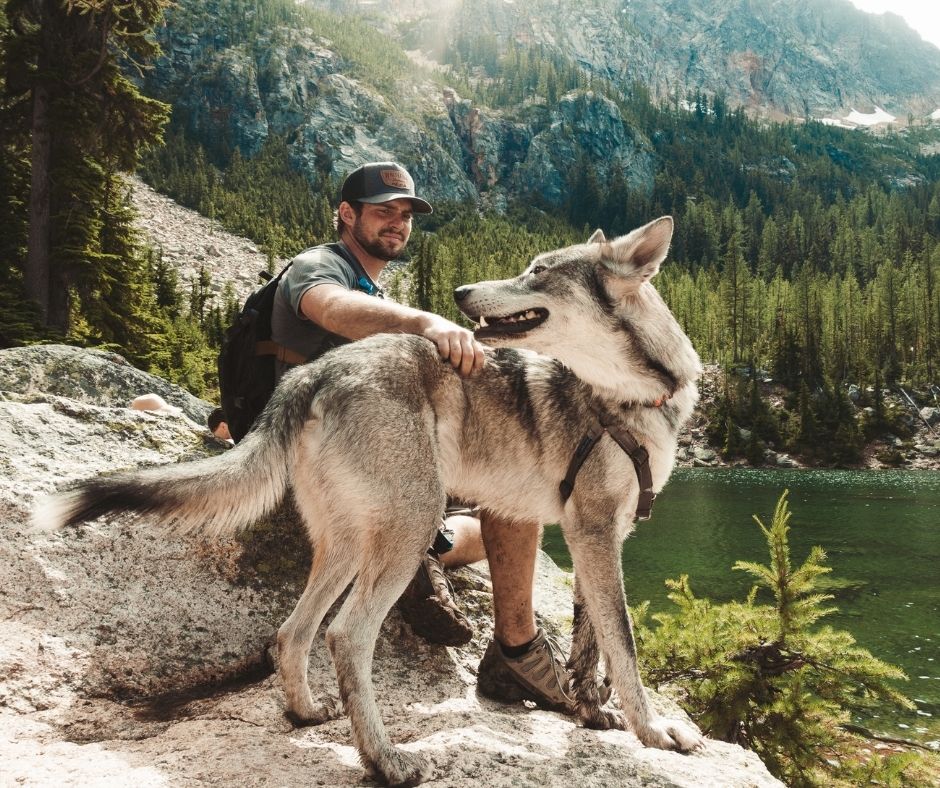
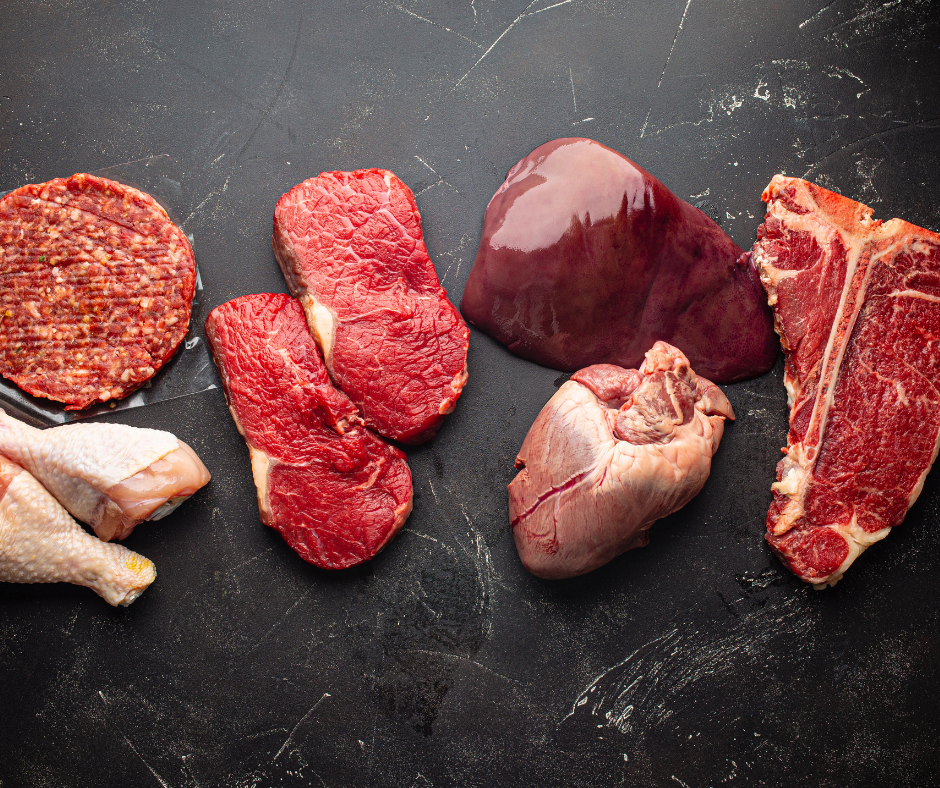
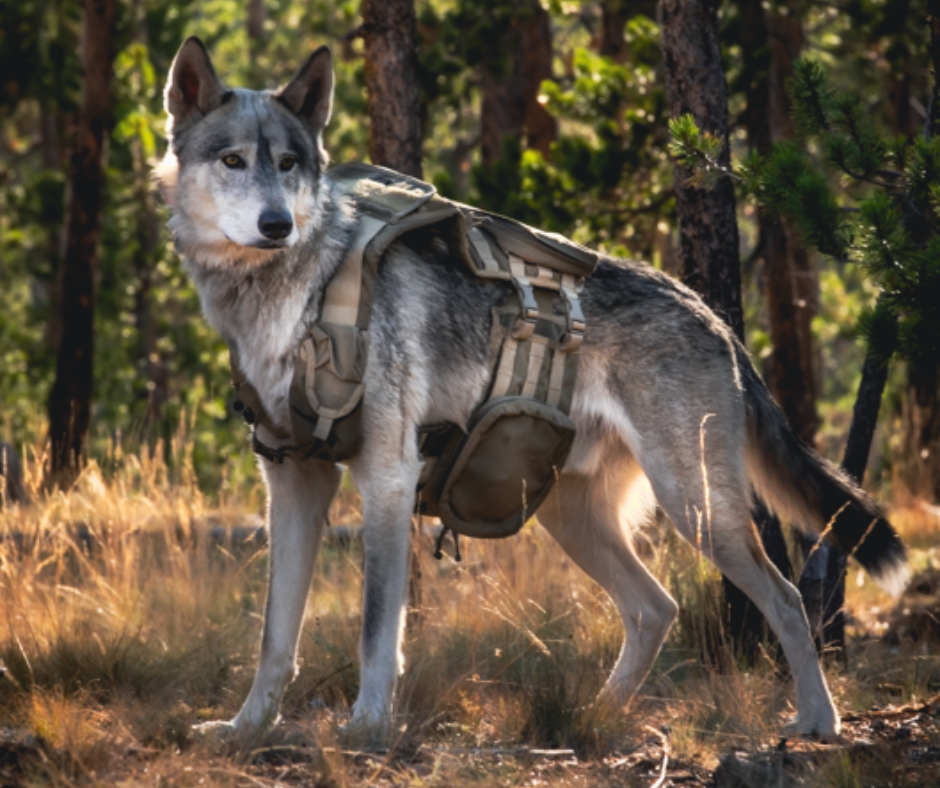
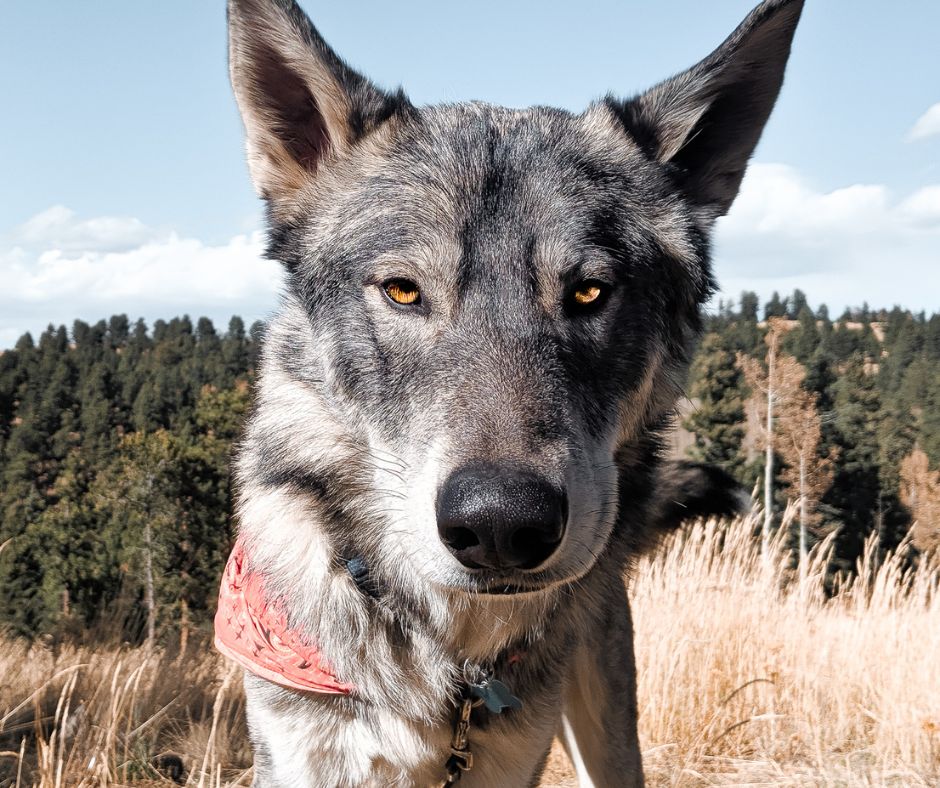
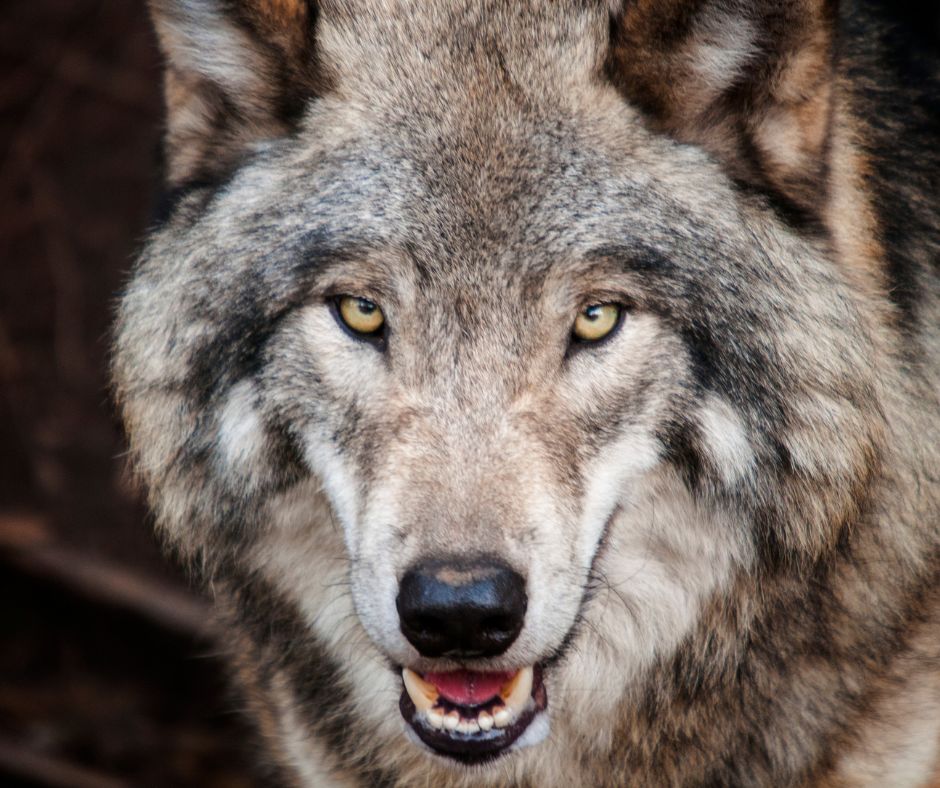
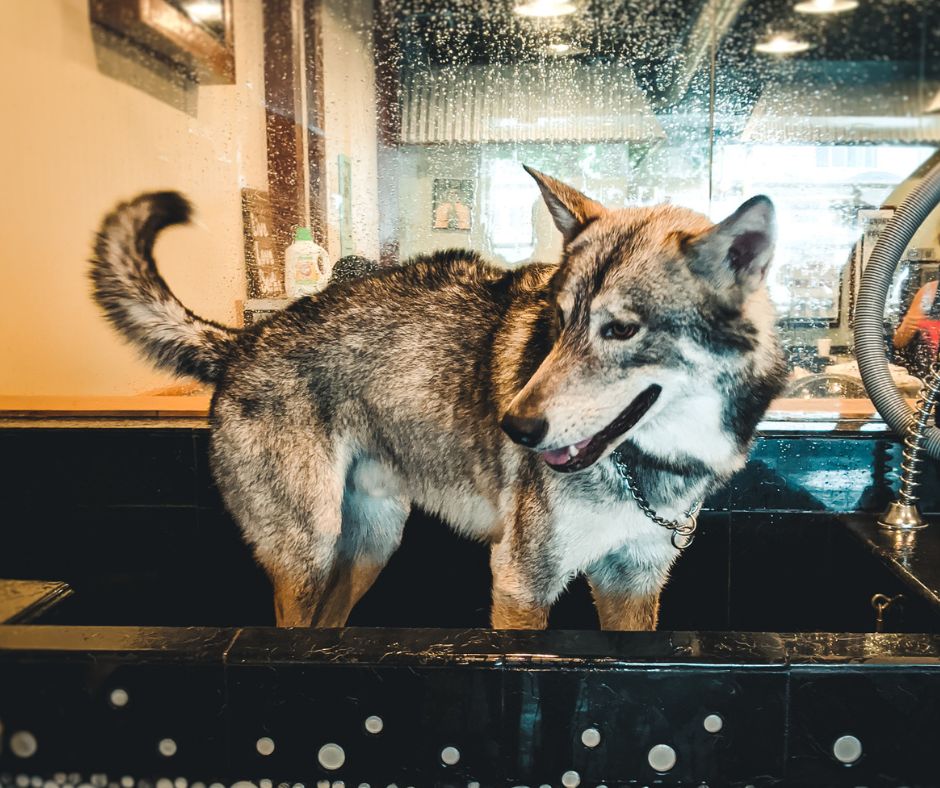
Very good information. Our Kilo is now about 8 months, and wonderful, but going into the Destructive stage. Eats toys and stuffed animals, and is destroying a $100 bed. We just need to get a handle on these habits before he starts to eat our truck interior, lol. Excellent with chickens, cats, and our older pit/lab mix… No aggression problems as of yet. We just want to stay ahead of the learning curve. We have about 1 1/2 acre that he patrols daily, all thought the day, and especially after dark. So glad to have found your site.
He’s still a pup. Their behavior can change drastically around the age of 2. They can become much more difficult to manage as they are highly intelligent and will challenge your authority which needs to be well established by this age. They may use aggression or intimidation to challenge your dominance and they can sense fear and insecurity so it’s best to be prepared for these challenges so you can address them assertively and aren’t caught off guard. You can’t smack a wolf on the nose with a newspaper to discipline it like people do with dogs. That’s a bad idea to try with a wolf or hybrid. Physical discipline might not make a wolf want to comply and might cause a physically aggressive response. If wolf uses physical aggression towards you however which does happen, especially at this age you have to defend yourself. Someone was saying their hybrid got aggressive with him around the age of 2 and on 3 separate occasions he had to grab him by the neck and put him on his back and pin him there to let him know he’s not going to be the boss. The higher content wolf it is , the more challenging their behaviors are. They think for themselves and they don’t care about pleasing you. This Is the age most wolves venture off from their pack in search of a mate and wolves and hybrids are escape artists. They need large enclosures that give them plenty of room to roam around or they will become agitated and restless. Their fencing needs to be dug a couple of feet underneath the dirt otherwise they will constantly dig out from under it and get loose. Wolves are also very agile and their feet are designed to put more spring in their jump than a dogs. They might be able to scale a 6 foot fence from a stand still. . You have to be careful anything placed near the fencing isn’t going to give them the leverage they need to scale it. I’m guessing yours is a low too mid content hybrid if he’s cool with chickens and cats. I had an Akita and wolf hybrid growing up. We got him when he was 8 weeks old and he was good with cats and chickens. He was a super friendly, goofy, happy boy that loves everyone and never tries to hurt a fly. The only time he tried to bite anything he was already 14 years old and my dads Rottweiler picked a fight with him and he had to defend himself and as old as he was he overpowered him like nothing!! Wolves are beautiful animals but they aren’t good pets so the more dog traits they have the better. We bred traits we preferred into domesticated dogs for thousands of years so of course they are more ideal companions. Low to mid hybrids can still be awesome pets with the right owners.Mid- High content hybrids need experienced owners who are patient and can meet their needs. Its always a gamble with what traits they will inherit that’s why so many end up in sanctuaries!
Nice information. My current wolf dog is 5 and we have seen all the behaviors mentioned. Furniture and shoes espectially. Now that hes fixed and a little older, not any more destruction. The mats in the hair are a constant thing. But people other dogs, he loves everybody. Especially outside dining and going into stores. Great pets, if you set up to handle them.
Hi Walker, Thank you for sharing your experiences with your 5-year-old wolf dog! Cruze is the same age now and he goes through the same annual shedding process where he blows his coat. It’s quite a task to keep up with the constant grooming during that time! He definitely is still a little destructive when he is in an ornery mood or if he is left alone too long. We are working on it. We definitely agree that wolf dogs require a lot of work, but the love and joy they bring make it all worthwhile. 🙂